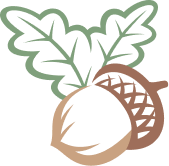A Viking Yule
Cheers to the lads for giving us this wonderful mid winter feast day!
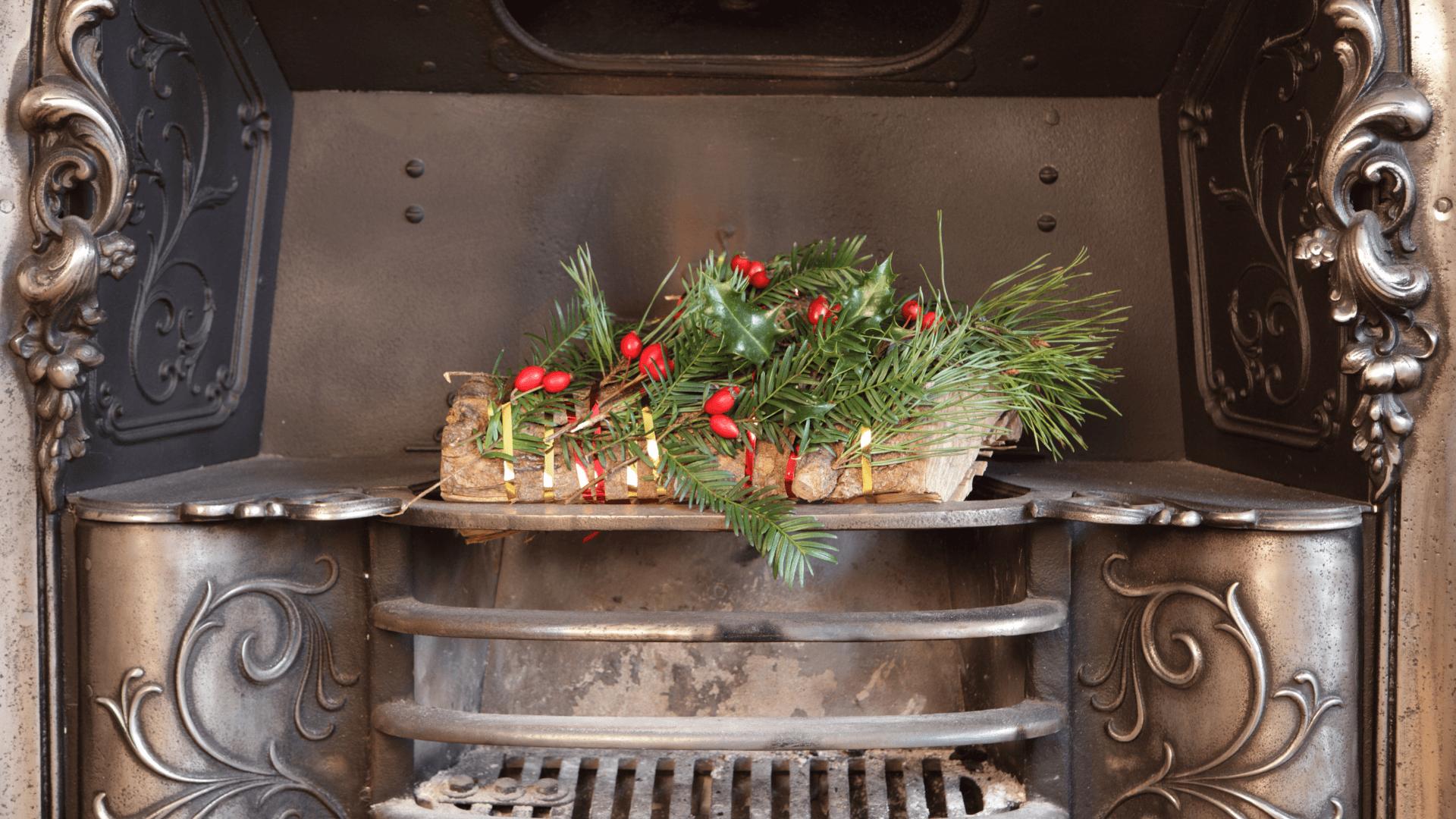

A thousand years ago, when the winds of the Irish Sea carried more than just whispers, and the landscape was a mix of mist, moss, and the ever-present threat of Viking longships, the Vikings in Ireland celebrated Yule in ways that would make even the gods themselves pause. They didn’t just mark the turning of the year—they reveled in it, their wild, untamed souls acknowledging the deep magic of the season. The great fires, the clang of mead tankards, and the stories told around roaring hearths would echo through the night, blending with the icy winds from the north.
Imagine this: it’s the winter solstice in the year 1024, and the days are short, the nights endless. The land is cold, the frost settles thick on the ground, and the seas rage under the influence of the long, dark months. But the Vikings know something the rest of the world may have forgotten—this is a time to celebrate the return of light. This is Yule.
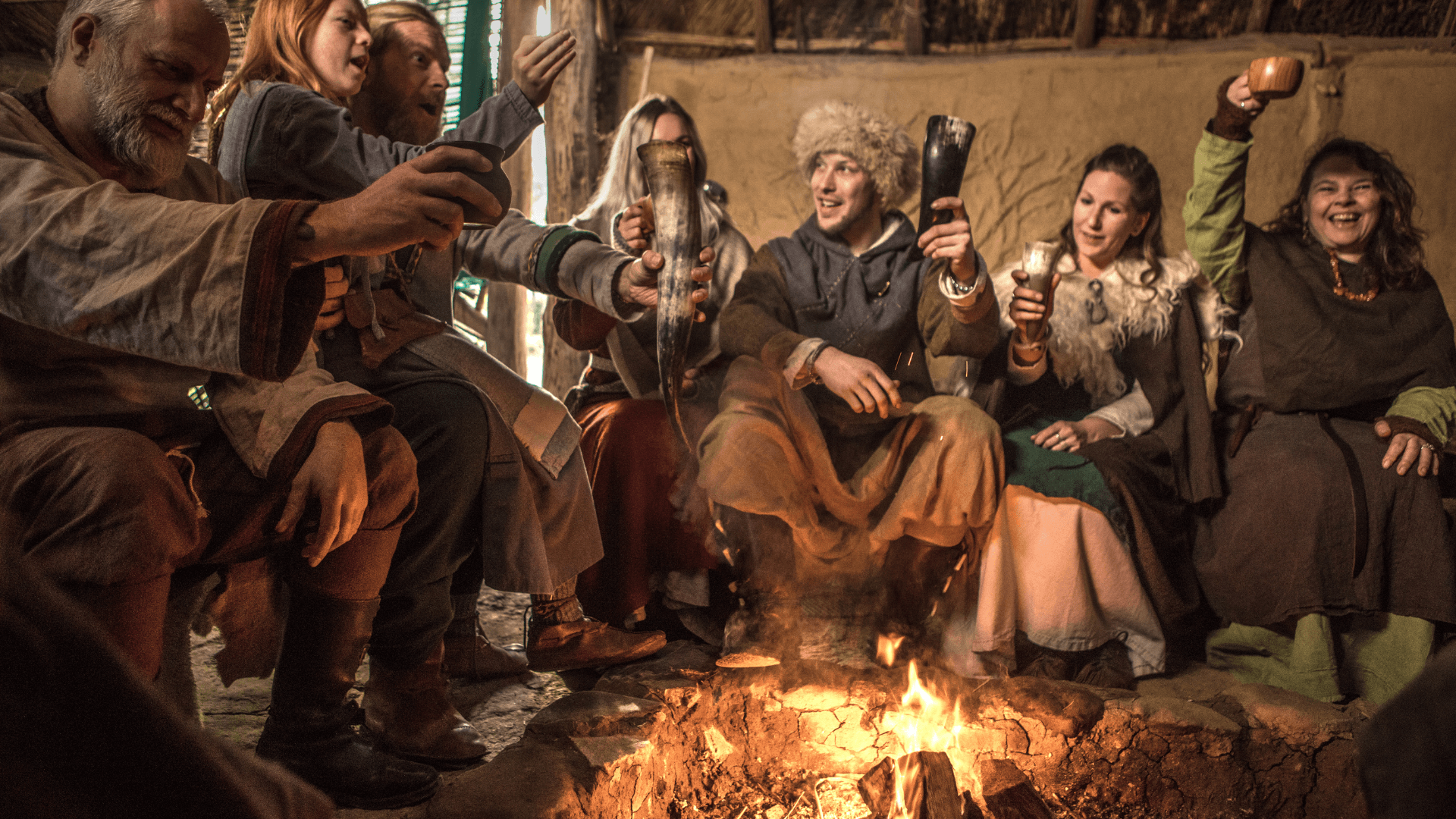

The Return of the Sun Yule’s Deep Magic
To the Vikings, Yule wasn’t just a holiday. It was a celebration of survival, of the endless cycle of death and rebirth that governed their world. As the winter solstice marked the longest night of the year, it was also a time when the sun, having fought the longest battle against the darkness, began its slow return. The gods, especially Thor, would be called upon for their strength, and the fire would burn bright to honor both them and the light they longed to see.
“The sun is returning, even if the shadows still cling,” a Viking warrior might declare, raising his drinking horn high. And with a cheer, the people would join in, for this was their belief—the return of the sun meant the return of life, of crops, and of victory over the oppressive darkness of winter.
But the Vikings didn’t just wait for the sun to rise; they celebrated the entire cycle of life and death, knowing that every Yule marked the end of one season and the beginning of another. The great Yule log would be burned, a symbol of both renewal and remembrance, as it consumed itself in fire. In the heart of Ireland, Viking settlements would gather around their hearths to toss their own offerings into the flames, prayers whispered for good fortune, and feasts shared in the warmth of community.
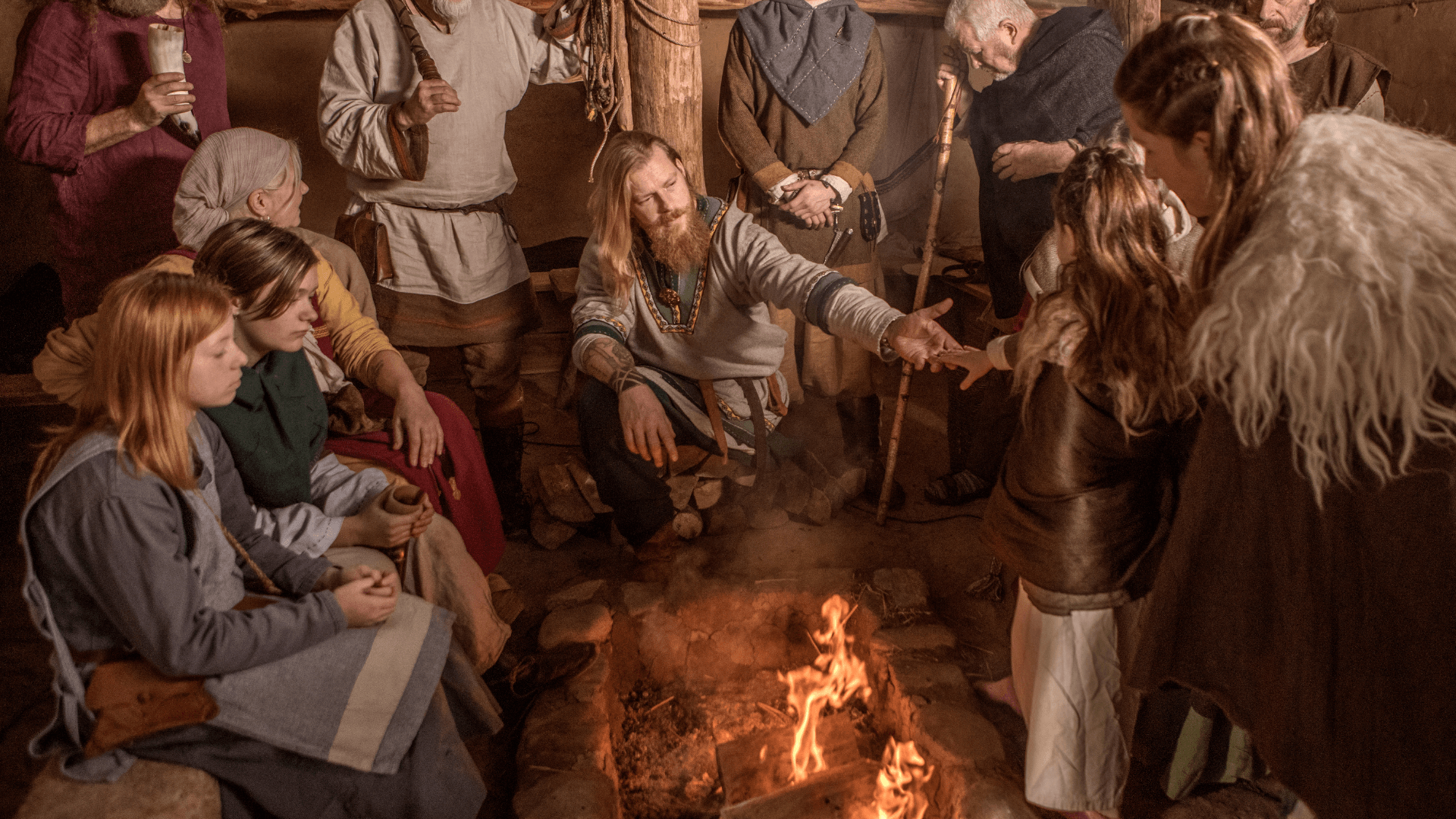

Mead, Feasts, and Reindeer: The Viking Revelry
Viking Yule was a rowdy affair—nothing soft or simple about it. There was much drinking of mead, feasting on boar, and the singing of songs so loud they could be heard across the frozen fjords. The table would be laden with food, from hearty meats to bread, with wild boar often making a prominent appearance. The wild boar was sacred to the gods, and eating it was thought to ensure that one would receive blessings of strength and protection.
“More mead! More mead for the gods!” would ring through the hall, and the clinking of horns would mingle with the crackling of fire. Laughter and the clashing of shields would follow, as Yule wasn’t just about the solemn return of light—it was also a time for the Vikings to display their vitality and power, to welcome in the new year with a bold heart and a fierce spirit.
And let’s not forget the sleighs pulled by reindeer. While we often associate reindeer with Santa and the North Pole now, for the Vikings, these creatures were symbolic of strength, endurance, and the wild majesty of the northern landscape. Reindeer were vital in Viking lands, and their presence during Yule was a nod to the deeply connected relationship between the people and the creatures of the land.
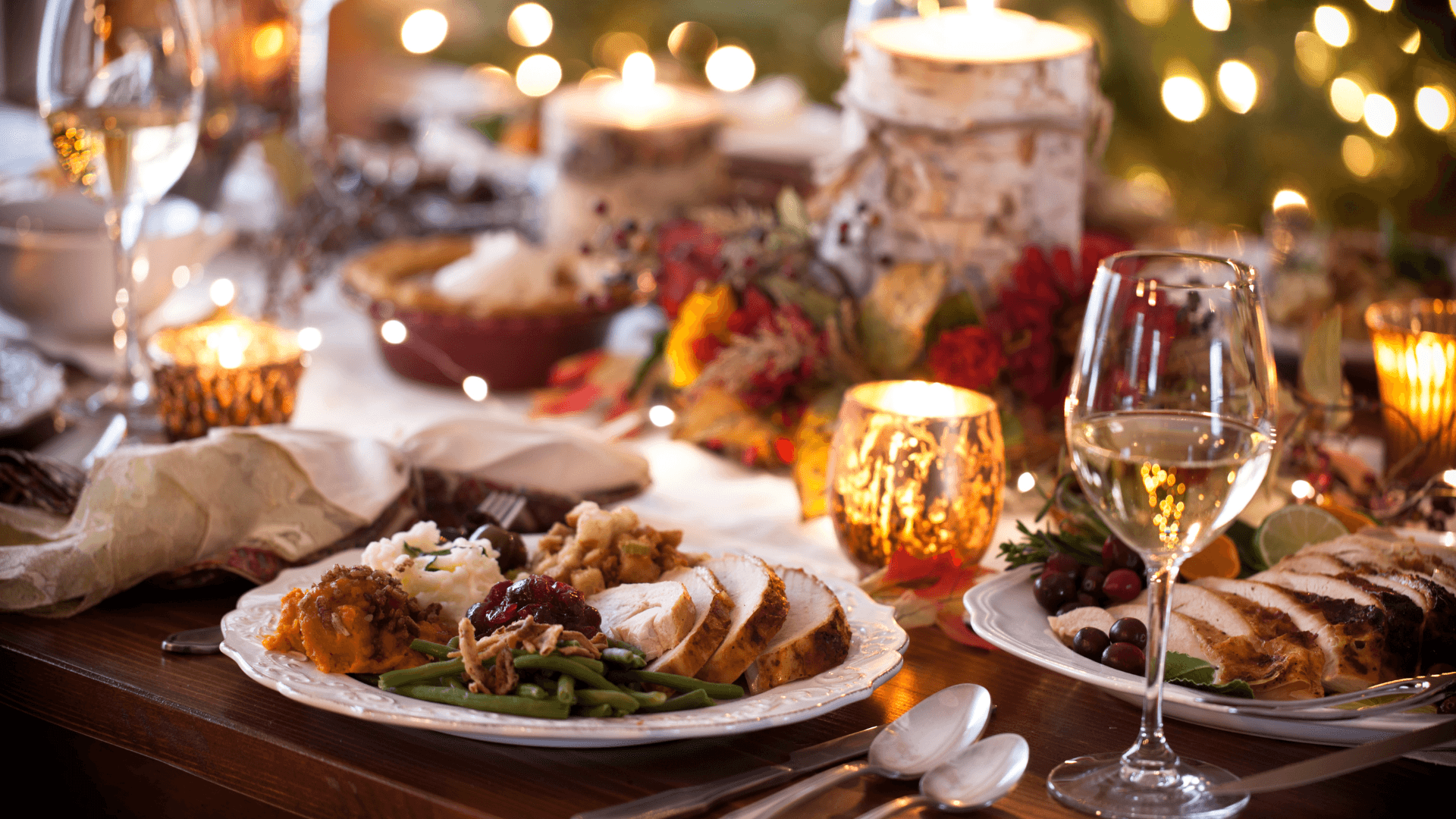

Yule Traditions: The Wild Hunt and the Gods
The celebrations weren’t just about feasting and drinking—Yule was a time when the Vikings believed the Wild Hunt would ride through the skies. Led by Odin himself, this was a spectral hunt that symbolized the journey through the realms of the living and the dead. To the Vikings, the Wild Hunt wasn’t just myth—it was an event that marked the cycle of time. At Yule, the gods were said to ride across the sky, seeking souls and offering blessings for those who survived the harshness of winter.
And if you were lucky—or unlucky, depending on how you viewed it—you might just find yourself visited by Odin’s ravens, Huginn and Muninn, who were sent to gather information about the world. They were thought to be bearers of secrets, so even during the revelry, the Vikings would whisper hopes for wisdom and protection in the year ahead.
“Odin, guide me through the dark,” a Viking might mutter as they offered a drink to the gods, knowing that Yule was a time when anything could happen. The veil between worlds was thin, and the ancient Norse gods were ever-present.
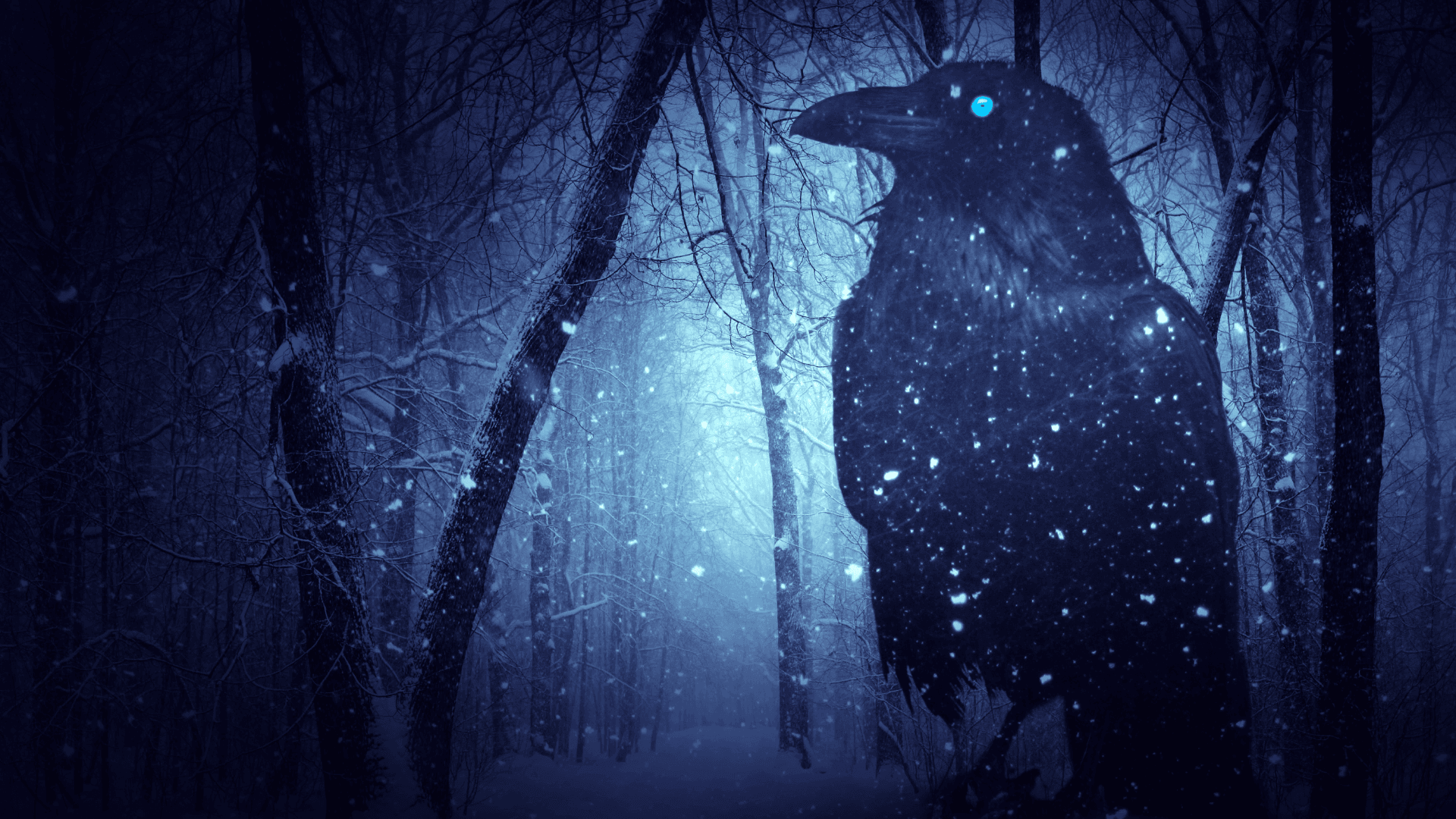

The Gift of Fire, A Symbol of Unity
Above all, Viking Yule in Ireland was about fire. The Vikings, fierce as they were, had a deep respect for fire’s power. The Yule log was an essential part of their celebration, and it wasn’t just for warmth—it was a symbol of the unity and strength of the people. The log would be chosen with great care, often from a sacred tree, and it would burn for days, its flames flickering with the spirits of ancestors.
Families would keep part of the log to light the fire for the next Yule, ensuring continuity and connection between generations. “The fire never dies,” they might say, “It burns on through the years, in us, in our children, and in our children’s children.”
The Viking Yule Was A Time of Celebration and Survival
As dawn broke on the morning after Yule, the Vikings of Ireland would be tired but triumphant. They had survived the longest night, honored their gods, and partied through the cold. They knew that the winter would continue, that the battles of life would persist, but for now, they could rest easy—knowing the sun would rise again, their strength renewed for the year ahead.
And thus, Viking Yule wasn’t just a celebration of the return of light—it was a declaration that even in the darkest months, there was always hope, always fire, and always the promise of a new beginning….

